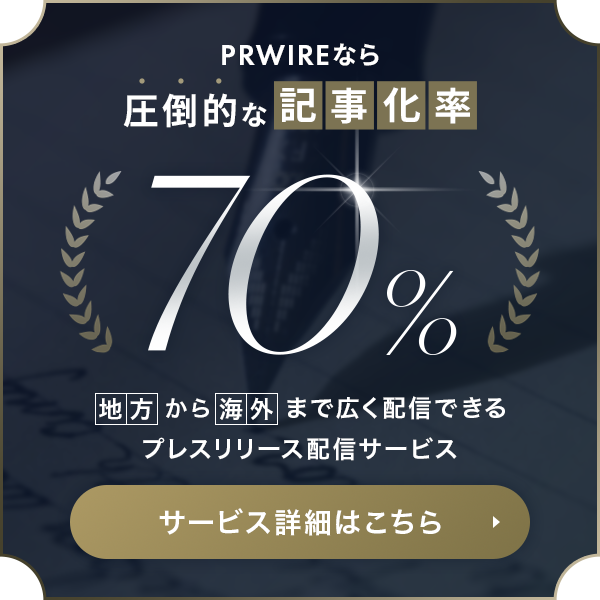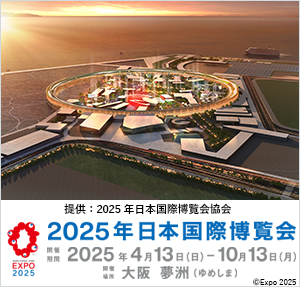MANA Scientists Employ Active Machine Learning to Enhance Thermoelectric Performance of Materials
TSUKUBA, Japan, Jan. 17, 2025 /Kyodo JBN/ --
Research Center for Materials Nanoarchitectonics (MANA), National Institute for Materials Science (NIMS)
Scientists from the Research Center for Materials Nanoarchitectonics (MANA) have integrated machine learning with traditional materials science to expedite the discovery of kesterite-type thermoelectric materials, paving the way for efficient energy conversion technologies.
Image: https://cdn.kyodonewsprwire.jp/prwfile/release/M105739/202412242233/_prw_PI1fl_kDhuzYc5.jpg
Kesterite-type materials, like Cu2ZnSnS4, are promising thermoelectric (TE) materials that convert waste heat into electricity. These non-toxic materials are composed of abundant, easily accessible elements and exhibit a figure of merit (zT), a quantity level that measures thermoelectric efficiency, of greater than 1 at temperatures between 300 and 800K (26 to 526C). Around 500K, kesterites undergo a transition from an ordered cationic structure to a disordered one, which affects their TE properties significantly. However, identifying optimal manufacturing conditions is time-consuming and requires multiple experiments.
Researchers from MANA used machine learning to accelerate this process. In just four experimental cycles, they optimized the sintering process, improving the thermoelectric performance of Cu2.125Zn0.875SnS4 by 60%. The study was led by Dr. Cedric Bourges from the International Center for Young Scientists, along with Guillaume Lambard from the Center for Basic Research on Materials as well as Naoki Sato, Makoto Tachibana, Satoshi Ishii, and Takao Mori from MANA, NIMS, Japan.
The researchers employed Active Learning with Bayesian Optimization (ALMLBO), which analyzes sintering parameters--such as heating rate, sintering temperature, holding time, cooling rate, and applied pressure--alongside thermoelectric properties obtained from experiments. This approach recommended new experimental conditions, and the process was repeated until the thermoelectric properties improved, indicated by a stabilized zT.
The team began with data from 11 samples prepared using spark plasma sintering, combining copper, zinc, tin, and sulfur powders under partial vacuum. The ALMLBO model predicted sintering conditions that achieved a record maximum zT of 0.44 at 725K. "This method showcases how integrating machine learning with traditional materials science accelerates discovery and optimization in complex material systems," say the authors. This approach has the potential to be extended to other materials, enabling rapid innovations in photovoltaics, batteries, and electronics.
Research Highlights Vol. 92
https://www.nims.go.jp/mana/research/highlights/vol92.html
MANA Research Highlights
本プレスリリースは発表元が入力した原稿をそのまま掲載しております。また、プレスリリースへのお問い合わせは発表元に直接お願いいたします。
このプレスリリースには、報道機関向けの情報があります。
プレス会員登録を行うと、広報担当者の連絡先や、イベント・記者会見の情報など、報道機関だけに公開する情報が閲覧できるようになります。
このプレスリリースを配信した企業・団体

- 名称 国立研究開発法人物質・材料研究機構(NIMS) ナノアーキテクトニクス材料研究センター(MANA)
- 所在地 茨城県
- 業種 各種団体
- URL https://www.nims.go.jp/mana/jp/













